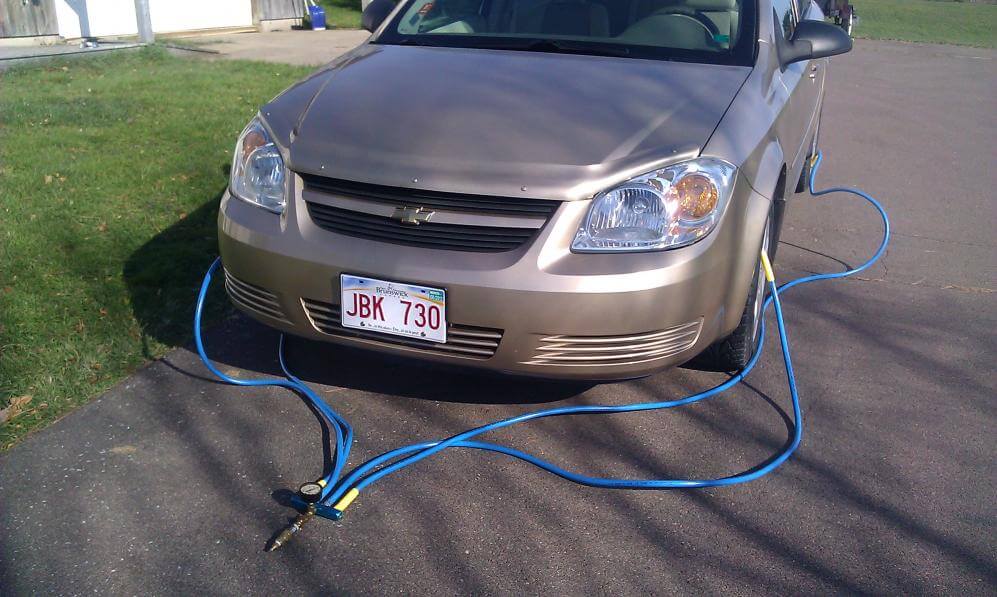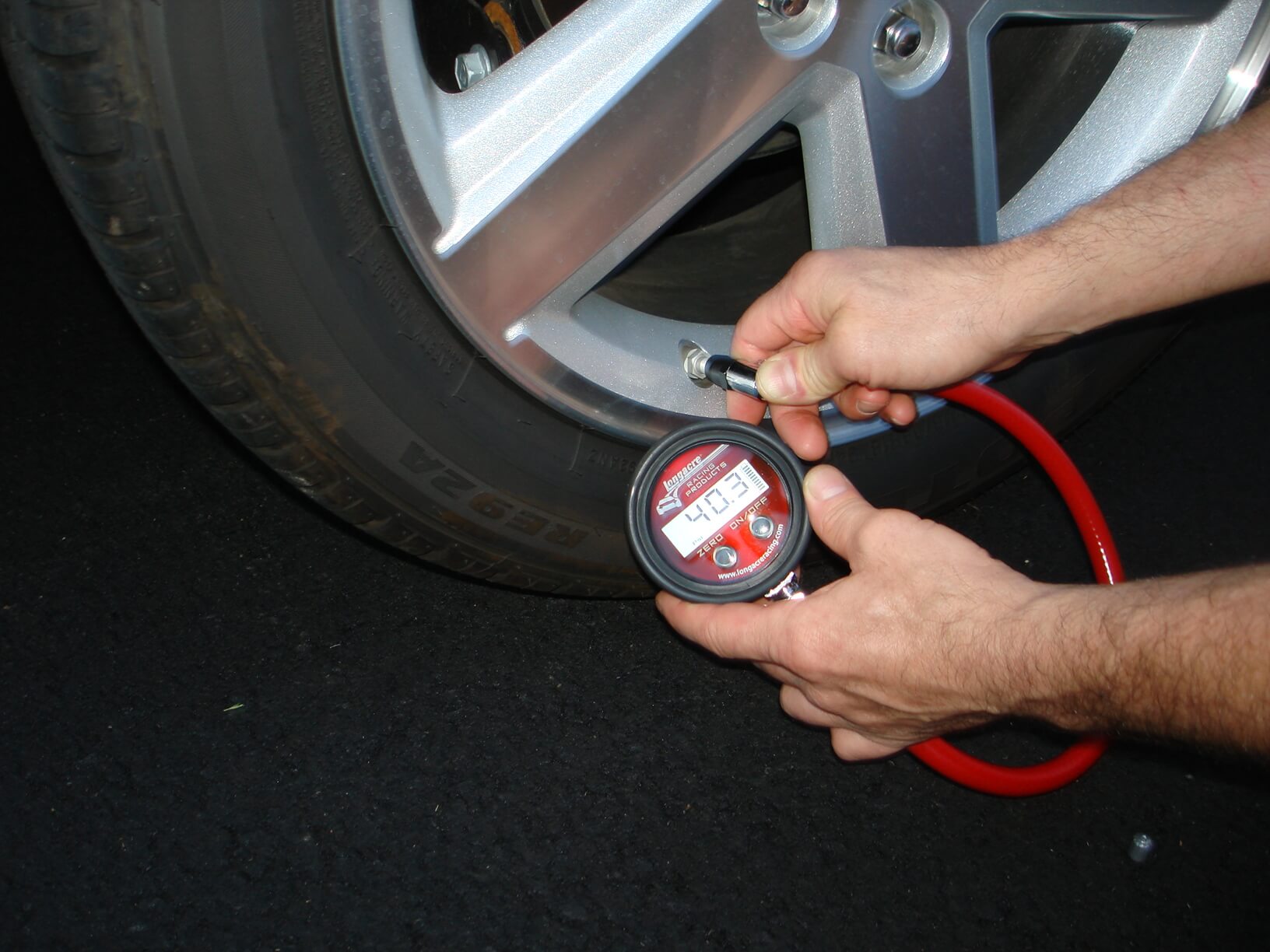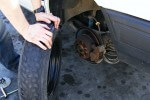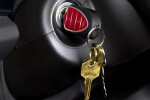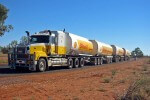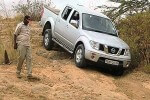Tire pressure refers to the measurement of the amount of air in a vehicle’s tires. It is measured in PSI or pounds per square inch. In order to take proper care of the tires to avoid any risks involved in tire pressure, there should be a service carried out as often as possible to ensure that everything is properly in line. This service is highly recommended by experts in the automotive industry.
Why Do The Service?
It is crucial to have the correct tire pressure and ensure that the front tires are equal in tire pressure so are the rear ones. Next to the vehicle’s brakes, the tires are the most important safety parts of your car. If there is an imbalance in the tire pressure there could be a risk when braking, and negotiating corners because stability will be compromised. In addition to putting you in an accident risk, poor tire pressure can also affect fuel economy, comfort and the life of the tire.
What If I Don’t Do The Service?
In cases where the tire pressure has exceeded the recommended PSI, then the tire will have less contact with the ground and will just be bouncing on the road. This greatly affects your vehicle’s traction as well as the stopping distance. The ride comfort will also decrease as the tires will not be firmly planted on the ground like they should.
In cases where the tire pressure is too low, then there will be too much of the tire touching the ground. This will significantly increase the friction between the road and the tire. In most cases, this will cause overheating and the tires will wear out prematurely. When overheating occurs, it is easy for tread separation to happen and this is a great risk especially in high speeds. If the tires are squealing when cornering then the pressure is probably too low.
It is very important that you check your vehicle tires even if there is no problem experienced when driving. The temperatures outside can also alter the tire pressure. For every 10 degrees, the tire pressure will decrease by one pound per square inch. This means that you could constantly keep checking the pressure on your tires especially during significant changes in the weather.
Which Is The Correct Tire Pressure
While most people check the tire pressure indicated on the tire, this is not the way to go as whatever is indicated on the tire refers to the max PSI and not the recommended levels for that particular car. The recommended tire pressure will, in most cases, be lower that what will be indicated on the tire. To be on the safe side, you should read through the tire part on the owner’s manual. This will tell you how much pressure your type of car needs and which type of tires are recommended. All in all, for great comfort and control, you should ensure that all front tires are equal in pressure and same goes for the rear wheels, but most important of all, read the owner’s manual about the recommendations.

